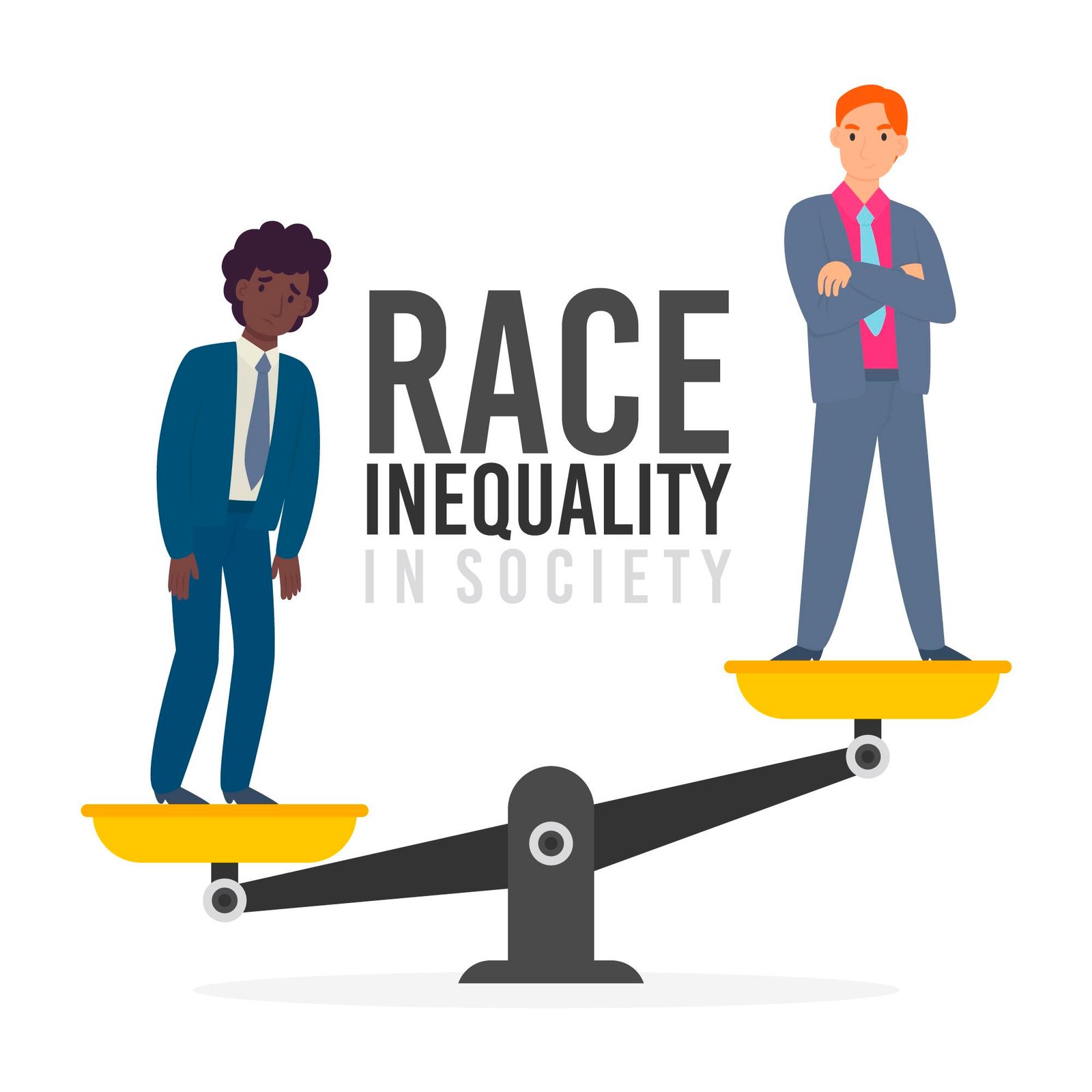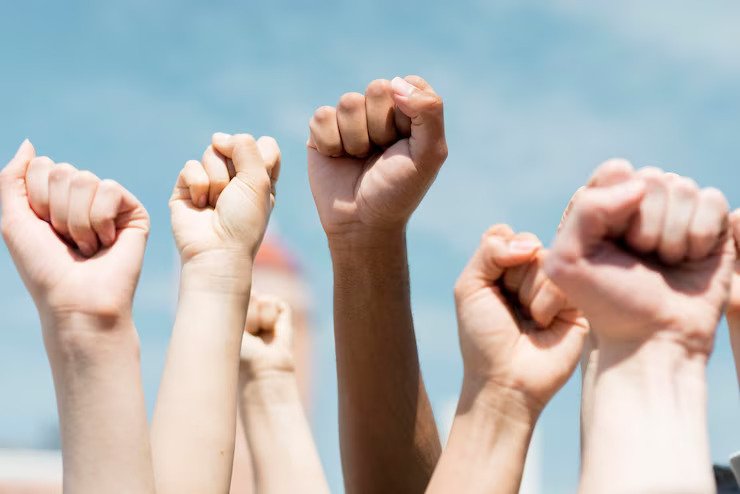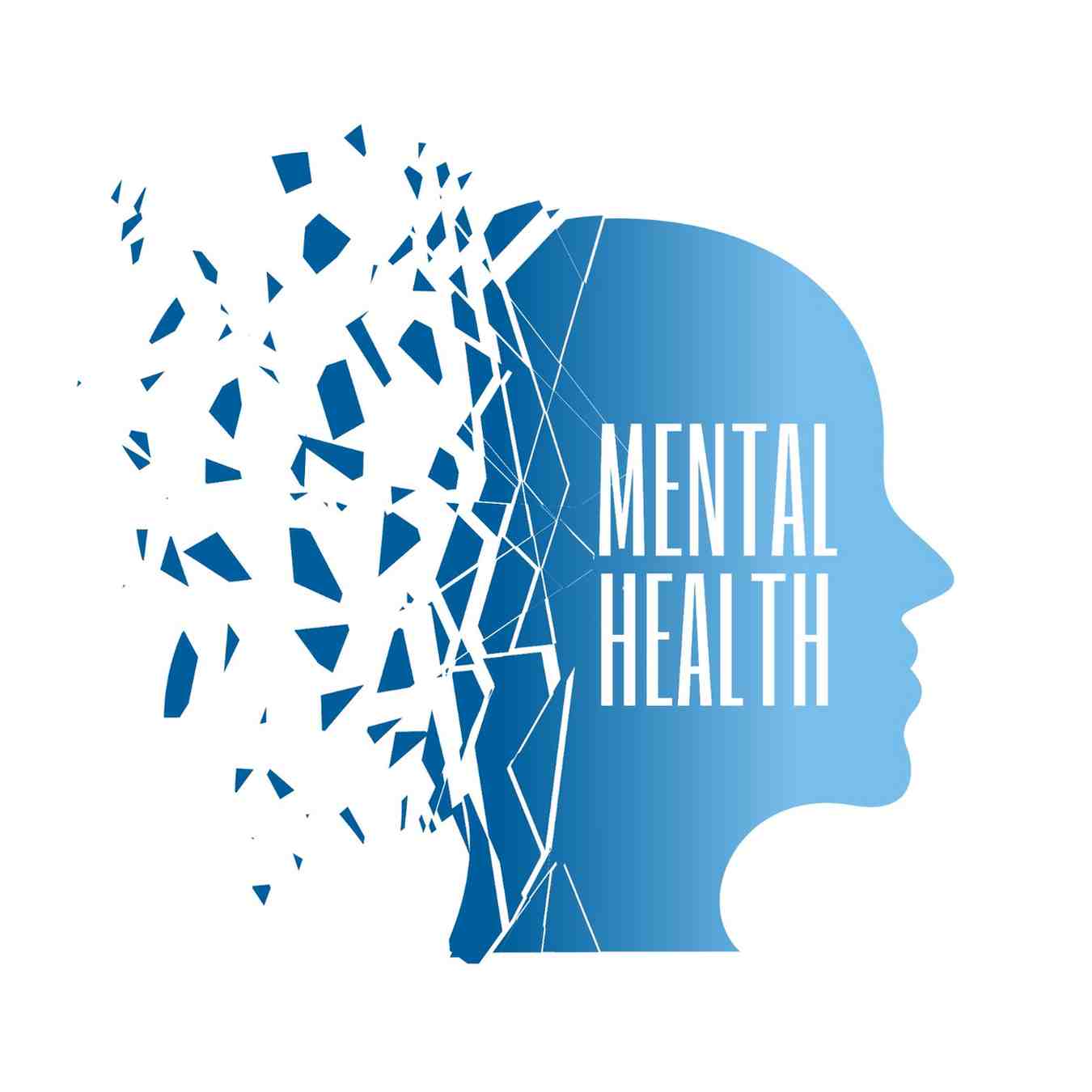Social justice involves advancing fairness, equality, equity, and human rights in society. This can be achieved by addressing economic, educational, and workforce disparities. Many academics urge for the integration of social and racial justice approaches into various fields to address systemic inequalities.
Understanding social injustice requires a psychological and developmental perspective. The latest research focuses on four key areas in human development: socialization theories about race, ethnic/racial identity development, the impact of discrimination on mental health, and the role of cultural factors in justice-related behavior. By examining these areas, scholars can gain a deeper understanding of social injustice and develop effective interventions to promote greater equity and social justice.
Youth social movements for racial justice
Childhood is a critical time for growth and transformation, and research on human development has the potential to drive meaningful progress towards combating social and racial inequalities. By studying how individuals learn, adapt and evolve during this formative stage of life, we can identify ways to promote more equitable outcomes for all children. This knowledge can inform policy, programs and interventions that empower marginalized communities and promote a fairer, more just society.
Youth social movements against police violence and for racial justice are increasing. These movements are reflective of how young people are addressing racism in policing in their local communities. The Black Radicalism, activism, and sociology scholarship can aid in understanding these movements. It is a process of creating a shared identity and purpose among different actors, and involves collective efforts toward social change and transformation.
A social movement is a group of individuals, informal groups, or organizations that come together through joint action or communication to define themselves as part of the same side in a social conflict.
Social Justice movements
Racial Equality can take various forms, from grassroots community initiatives to large-scale national or international campaigns, and often aim to challenge societal norms and institutions to achieve greater social justice and equality.
Black movement in Latin America
After WWII, there was a widespread push to end racial inequality. The fight against Nazism was linked to the fight against racial superiority, with Black Americans contributing to the war effort to end racism. This led to increased calls for civil rights and equal treatment in many countries, including the United States.
Despite the absence of legalized racial segregation in Latin America, racism and discrimination permeated society. Latin Americans drew inspiration from the success of US civil rights leaders, but the development of strong racial identities by Afro-Brazilians was an independent phenomenon. Afro-Brazilian female activists formed new organizations to eradicate racism and sexism, following the footsteps of their American counterparts.
In 1988, these efforts culminated in the First National Encounter of the Black Woman, seeking to gain national recognition as a distinct collective. The event aimed to highlight the unique challenges faced by Afro-Brazilian women and promote their role in fighting discrimination. This advocacy has since continued, with women's groups advocating for issues such as equal pay, political representation, and access to healthcare and education.
Racial justice with these movements
Inspired by Black movements in Latin America, indigenous people also became organized to fight against racial bias and assert their cultural and political rights. By the 1980s, indigenous movements had emerged in the region to end policies that harmed their communities.
Despite legal progress made through civic and political movements, racial discrimination and violence continues to be a pervasive issue worldwide. The late twentieth century saw a rise in organizing around issues of racial justice, leading to the outlawing of discrimination in some countries. However, much work remains to be done in addressing systemic racism and promoting social equality.
Conclusion
Social Justice movements
Racial Equality may become formalized political interests over time, sharing similarities with interest groups. This transformation can be crucial for their long-term success by increasing the movement's impact. While movements are flexible and often spontaneous, interest groups have a more structured approach, and their primary aim is advocacy. Consequently, movements can greatly benefit from adopting more formalized approaches seen in interest groups, such as setting up formal organizations and lobbying efforts, which can further their aims. This metamorphosis enhances the movement's output, allowing it to achieve its goals more effectively.
-black.png)










